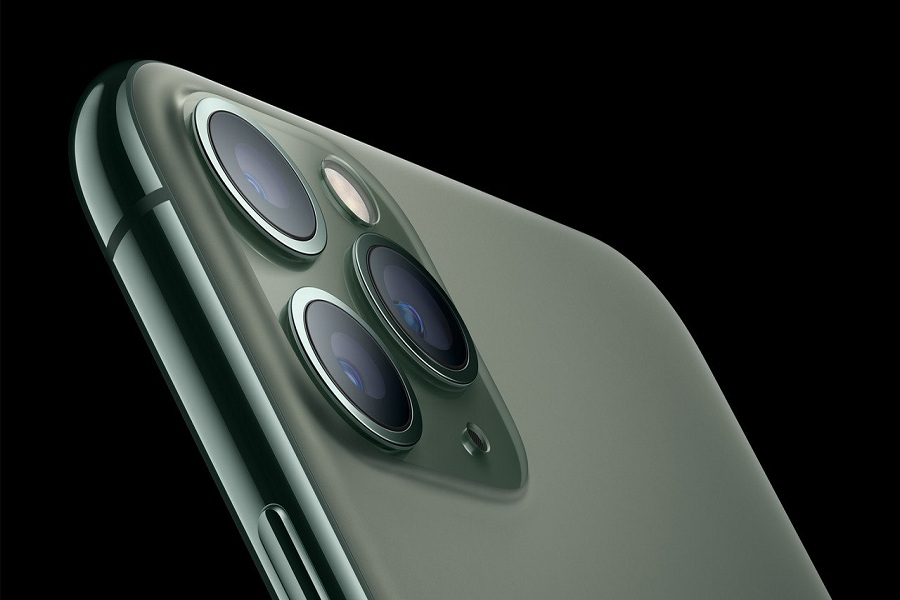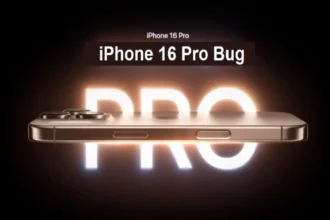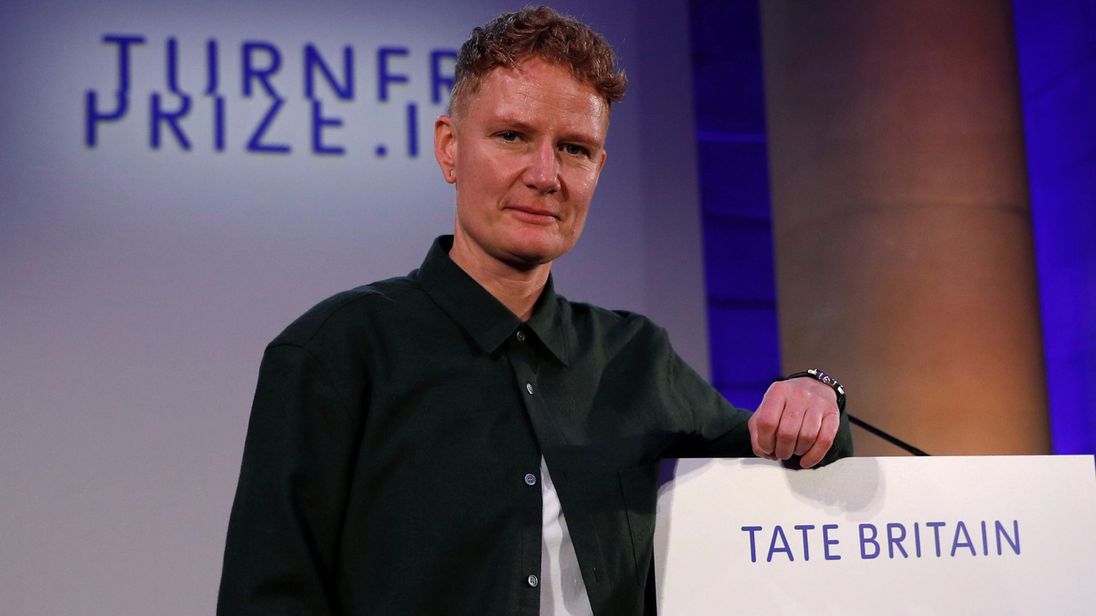A streak of brief clips filmed within an iPhone comprising the Scottish countryside by a train window, a T-shirt on a radiator and a cat pawing in a lamp has helped Charlotte Prodger win the 2018 Turner decoration.
Prodger was called the winner of this 25,000 trophy by the novelist Chimamanda Ngozi Adichie in a ceremony in London on Tuesday evening.
The Glasgow-based artist was producing moving-image functions for 20 decades and is on several modern art radars. However, she’s far from being well understood and the jury stated her latest job represented a breakthrough into a new, more expansive method of working.
Speaking after her triumph, Prodger explained: “I feel really honoured, dismissed very. It is rather surreal. It seems lovely.”
The artist said she’d used an iPhone because of her job since she had been on her a lot along with the telephone felt to be an expansion of her”Due to the ease of use and also how you may use it when you’re going around the globe. For me, what is in there.”
Also Read: Apple Watch Series 4 will get ECG feature in the next watchOS update
Asked what she would do with the prize money, Prodger stated: “I will live on it. I will cover my rent and my studio lease and a number of invoices. Maybe there will be a small treat… likely a wonderful coat. Do not hold me to this!”
Alex Farquharson, director of Tate Britain, who chaired the judging panel, stated Prodger’s work represented the”most profound use of a device as prosaic as the iPhone camera which we have seen in artwork so far”.
Prodger, 44, won for the solo exhibition in the Bergen Kunsthall in Norway, which featured two movie functions, Bridgit and Stoneymollan Trail. The 32-minute movie Bridgit was on display at Tate Britain as part of its Turner decoration exhibition.
The movie is tough to explain. There’s lots happening, lots of it seemingly randomly. It investigates class, sex, sexuality and neolithic goddesses.
Prodger filmed the job over the duration of a year and included footage of her home and on her journeys. Her narration includes snatches of autobiography — coming out from Aberdeenshire from the early 90s, individuals being not able to tell if she’s a boy or girl, the premise that her girlfriend is her daughter. She estimates from Julian Cope’s The Modern Antiquarian.
The artist has described the piece as being on the fluidity of identity in the queer perspective; an investigation of this intertwining of body, landscape, time and technology.
Farquharson stated the jury believed Bridgit had been”extremely impressive in how it dealt with lived experience, the creation of an awareness of self through disparate references”. He explained that the work exerts customs in landscape artwork and had emotional weight. “It ends up being unexpectedly expansive. This isn’t exactly what we expect from movie clips taken on iPhones.”
It required the jury over four hours to achieve its conclusion. “I believe that the jury was united at a sense that this job was introducing something new into the filmic medium and the way it’s used in artwork,” Farquharson said.
All four nominees — three people and a collective — created movie function, it all somehow political. Based upon your view, this year’s display was the very wonderfully attractive in memory or even the toughest work. Surely, it isn’t a series which needs to be experienced fast; the Tate urges four and a half an hour.
It’s divided critics. The Observer’s Laura Cumming called it the very best in years, “by turns shattering, absorbing, beguiling, highly political, often momentous”. Waldemar Januszczak at the Sunday Times wrote: “From start to finish, this soul-crusher of a series is remarkably awful.”
The favorite of many people were Forensic Architecture, a collective that’s been described as an “architectural detective bureau” exploring state crimes and human rights abuses around the world.
According at Goldsmiths, University of London, the team is composed of architects, film-makers, journalists, archaeologists, scientists, attorneys and applications programmers. For the Turner prize show, it shown the results of its investigations into deaths throughout that a 2017 pre-dawn raid by Israeli authorities on a Bedouin village in the Negev desert.
Also Read: Apple Mac Mini 2018 full review: A pint-sized powerhouse
The Turner prize, operating since 1984, frequently exasperates and excitement in equal measure and is no stranger to controversy. The nearest it came this season was protests from the artist Luke Willis Thompson, a New Zealander of European and Fijian heritage.
Some took exception to his own movie job Autoportrait, a quiet movie picture of Diamond Reynolds, the Lady of Philando Castile, who had been shot dead by authorities in Minnesota. Thompson was accused of projecting a snowy, middle-class gaze on instances of black anguish. A group of protesters sporting T-shirts studying Black Pain isn’t for Gain sat in protest about the exhibition couches in September.
The fourth artist nominated has been Naeem Mohaiemen, who exhibited two 90-minute movies, one of a guy living alone in an abandoned airport, another about minutes in the history of Bangladesh.
The winner has been determined by a jury containing Oliver Basciano, an art critic; Elena Filipovic, director of the Kunsthalle Basel; Lisa Le Feuvre, executive manager of the Holt-Smithson Foundation; along with also the novelist Tom McCarthy.
Last year’s Turner prize exhibition was in Hull. This year’s was in London, and next year the circus rolls to Margate.






